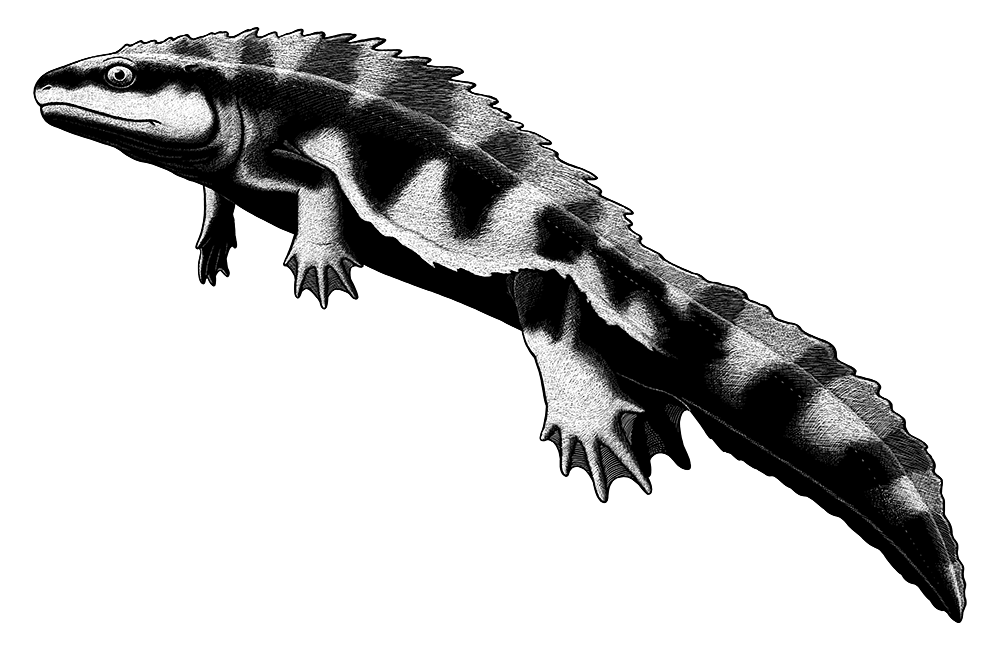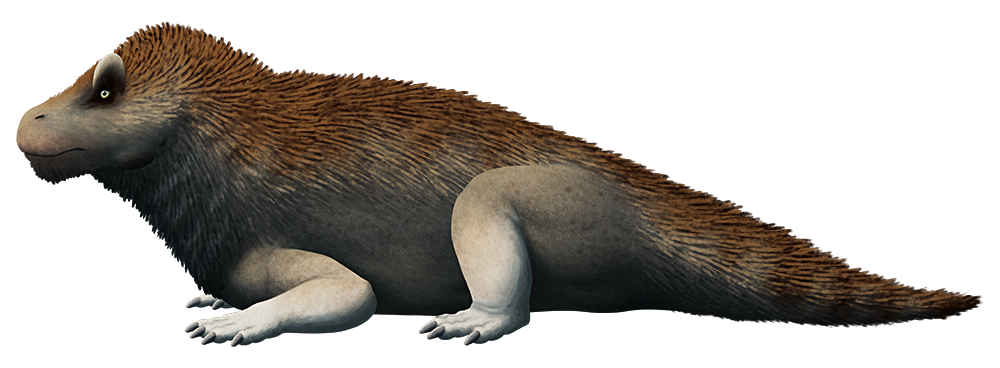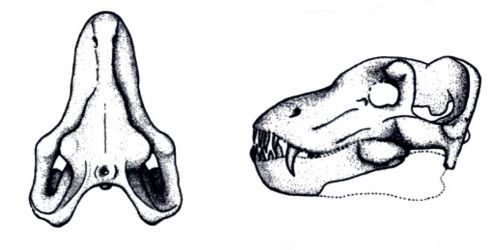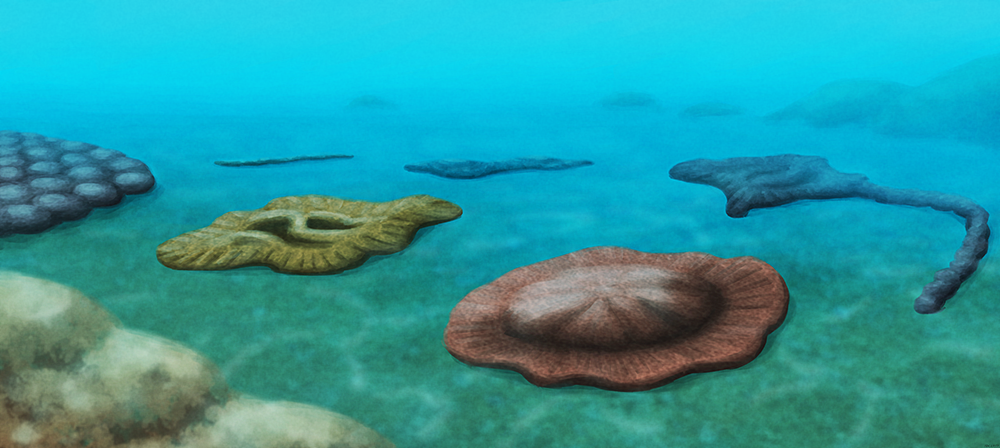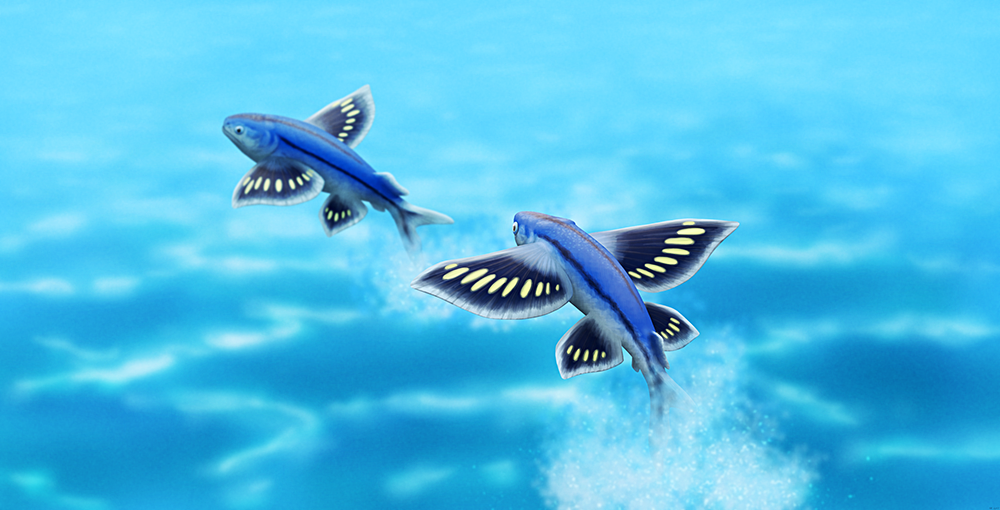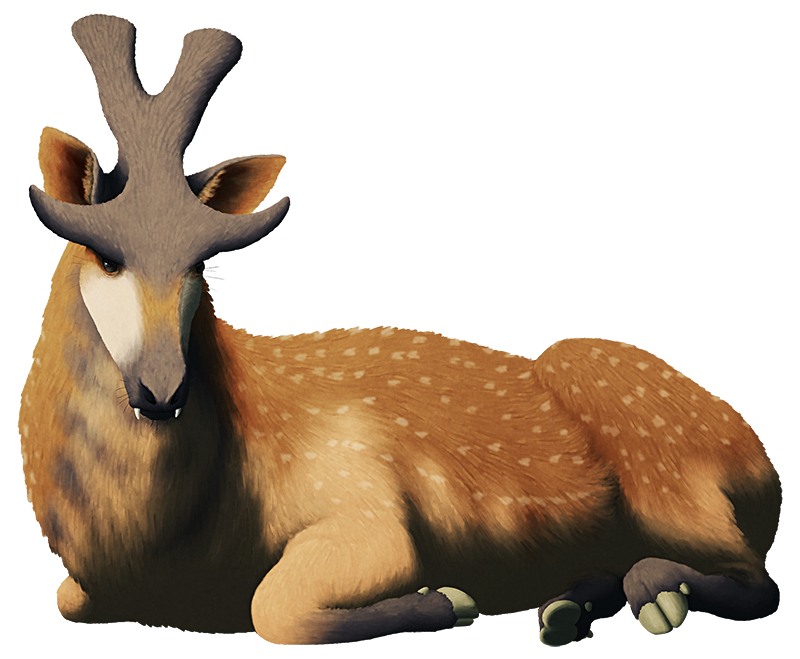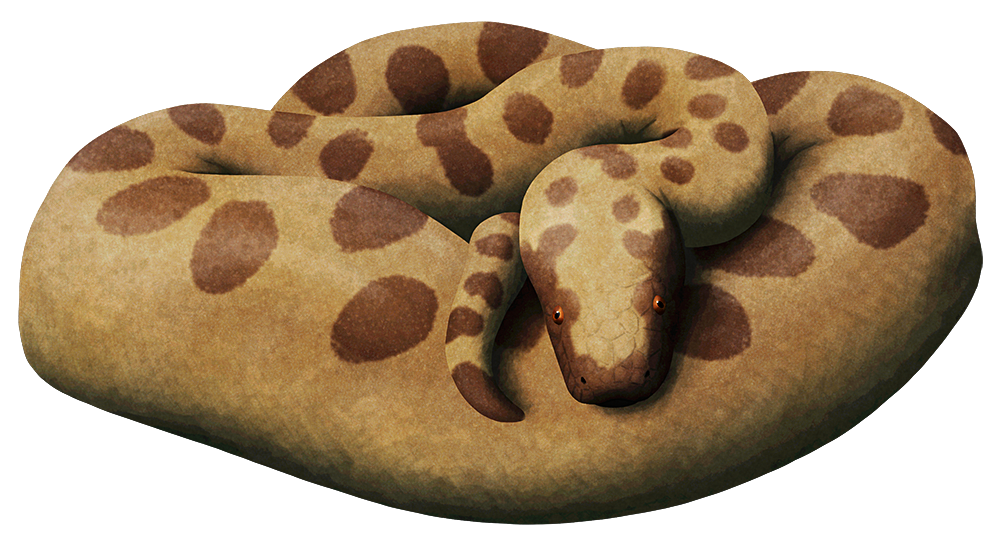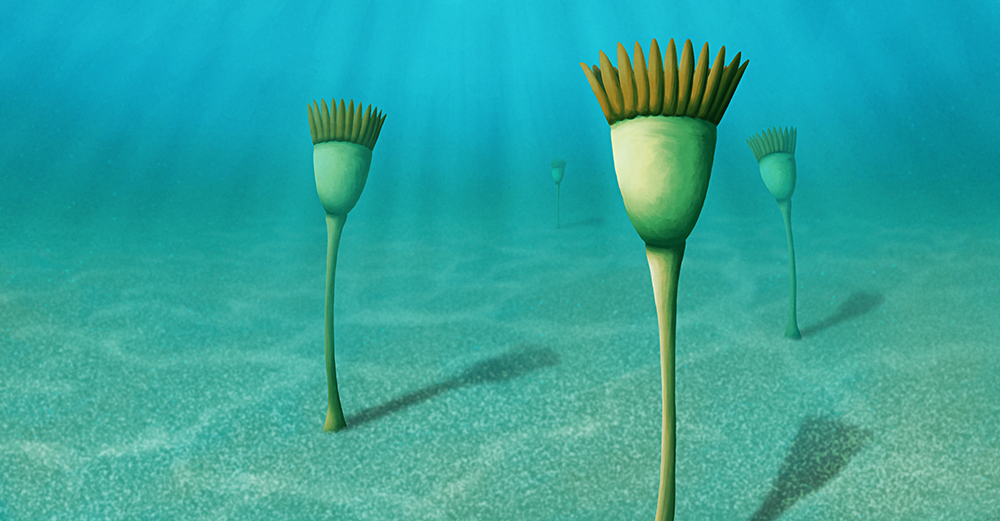Life seems to have existed on Earth for over 4 billion years, but for much of that time it was primarily microscopic. And although multicellularity is known to have independently evolved multiple times, large complex forms didn’t really get started until around 600 million years ago, with the strange Ediacarans being some of the most famous early examples.
But that may not have been the first time such an evolutionary experiment happened.
A collection of fossils discovered near the city of Franceville in Gabon appear to represent an even earlier example of large multicellular life. Known as the “Francevillian biota” or “Gabonionta”, these fossils are over three times older then the Ediacarans, dating to a staggering 2.1 billion years ago during the Paleoproterozoic Era.
Over 400 specimens have been collected, representing a variety of different forms — including discs with ruffled edges, rods, rounded clusters of blobs, and elongated shapes that are sometimes attached to long “strings of beads” — with the largest reaching lengths of about 17cm (6.5”). Their age places them somewhere around the origin point of the earliest eukaryotes, and they may represent a completely unique kingdom of life unlike anything alive today.
These organisms’ appearance in the fossil record came shortly after the Great Oxygenation Event, suggesting the evolutionary development of large complex bodies is directly linked to the amount of available oxygen for aerobic respiration. Later, atmospheric oxygen dropped again, and the Francevillian biota disappeared into extinction, leaving us with only these mysterious fossils hinting at a surprisingly diverse and alien-looking period in life’s deep past.

